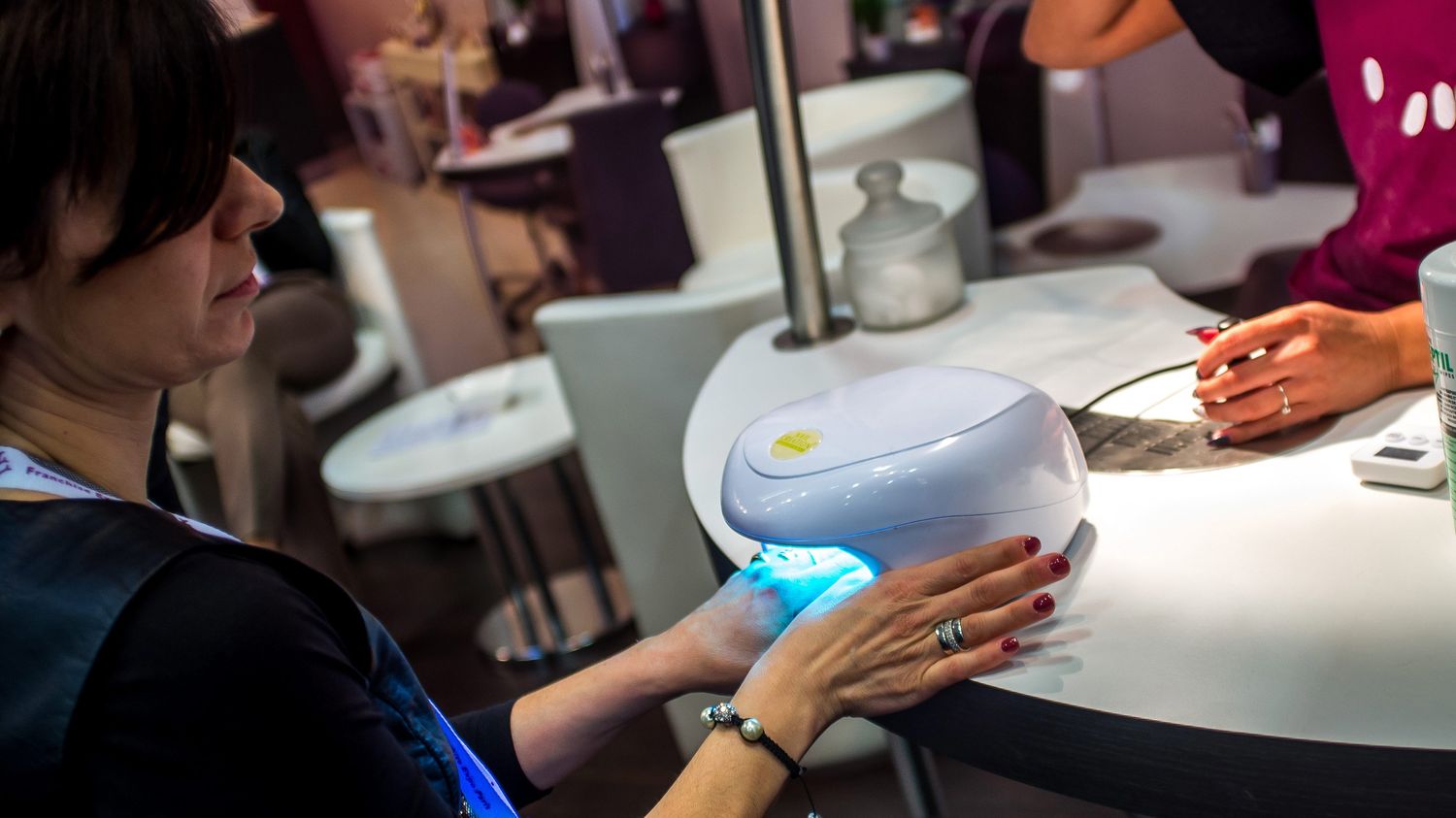More than 70% of requests in nail salons are for semi-permanent varnish application. Be careful, handling is not always carried out with the essential hygiene and safety rules.
Published
Update
Reading time: 4 min

In recent years, nail salon brands have been flourishing in big cities. The most popular service remains the application of semi-permanent varnish, with almost three-quarters of requests. 60 million consumers investigated 16 mystery shoppers. Explanations from Adélaïde Robert, head of the health section at the magazine.
franceinfo: How did you go about carrying out your tests?
Adelaide Robert: We called on a panel of mystery customers to test the application of semi-permanent varnish in 7 nail bar brands or with independent prosthetists. This reveals a significant disparity in practices, including within the same brand, with poorly respected hygiene rules but also a lack of dialogue. The professionals give few maintenance tips and ask few questions about the condition of the nails and what they are exposed to on a daily basis. Finally, there is a lot of total chemical removal when partial mechanical removal could have sufficed.
When we talk about semi-permanent varnish, what exactly are we talking about?
Semi-permanent varnish is a mixture of acrylic gel and varnish, which needs to be passed under a UV or UV LED lamp to harden by photocatalysis. It is more resistant than classic varnish and lasts longer, between 15 days and 3 weeks. It should not be applied to a damaged nail: the nail technician must visually check the condition of the nail and ask the client about the condition of their nails. However, although the visual inspection seems to have been generally carried out, very few professionals asked the essential questions for the preliminary assessment.
If we use toxic products during these manipulations, are there any risks?
Yes, the solvent used for total chemical removal is irritating by inhalation, which is why it is better to have it in a bottle with a push cap rather than a screw cap. There is also the risk linked to UV from photocatalysis lamps, against which we can suggest wearing mittens. And then there are longer-term risks: if, for example, the polymerization under a UV lamp is incomplete, methacrylate monomers will remain which can cause allergies.
So the big concern is hygiene, the rules are not always respected?
Indeed, good practices are not always followed. For example, clients must wash their hands before starting the treatment, place their hands on a single-use towel and, in theory, professionals must wear a mask, a visor, a glove on at least one hand and an outfit professional. However, a third of those who practiced the manipulation had none of this.
Installation at home or in store, which is better?
This is extremely dependent on the prosthetists, so this question is difficult to answer. The best thing is above all to have good practices in mind to be able to spot them and avoid professionals who do not apply them. For example, heating of the nail during partial mechanical removal means that the professional has used an action or material that is too abrasive. Pain or microbleeding after cuticle care reveals that the technique is not mastered. The absence of questions, of discussion on the type of application, or on the need to leave the nail resting or not, the absence of maintenance advice should also ring a bell.
In terms of prices, big variations?
In our test the prices are between 40 and 50 euros – without link to the quality of the service. But be careful, the price displayed does not always include the removal and even less the manicure which not all prosthetists are authorized to do. To conclude, let’s say that certain brands like Carlance and Bodyminute have greater room for improvement than others, in terms of hygiene and technique.
